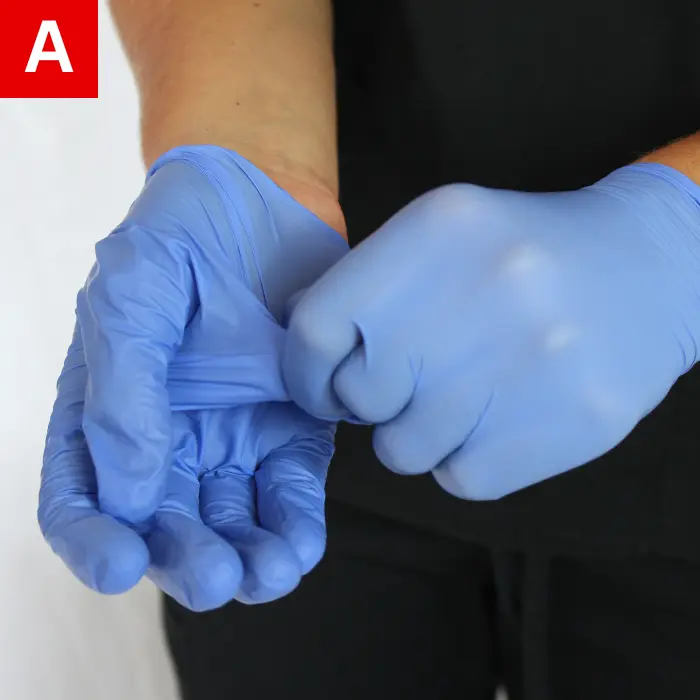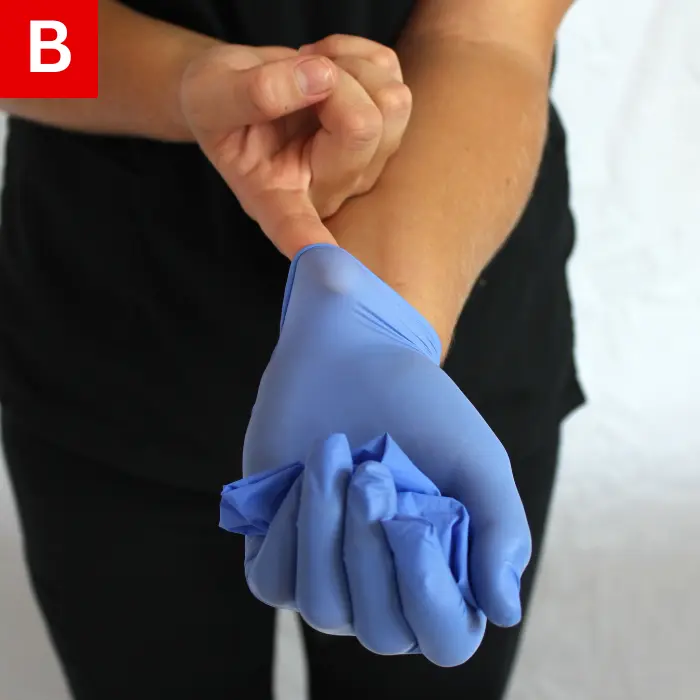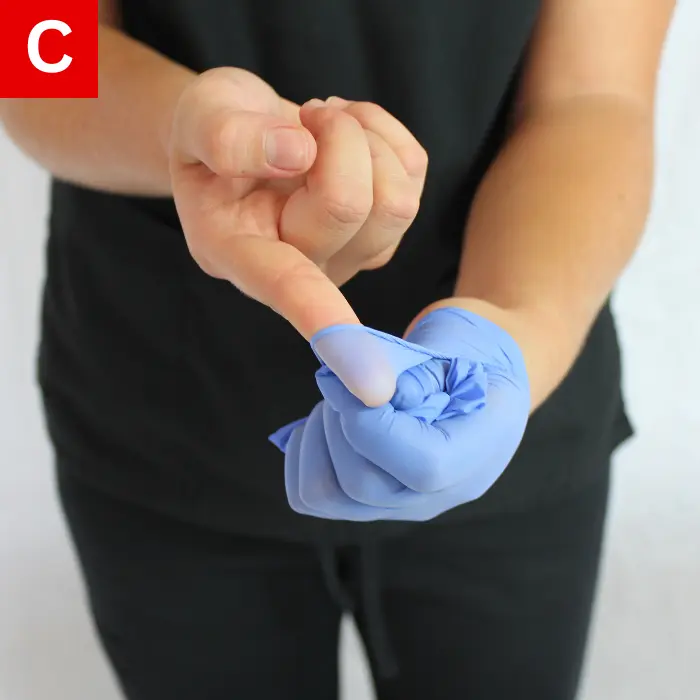Your cart is currently empty!
Coming into contact with blood includes blood on your PPE and/or yourself. Even with following all the previous proactive measures to prevent exposure, you may experience times where your skin or other bodily surfaces do come into contact with them. This section will teach you how to respond to such an event.



Sharps are another source of possible exposure to bloodborne pathogens. Sharps include needles, lancets, or any object that is used to pierce the skin.
Sharps should always be disposed of in a puncture-resistant sharps container (Figure 6). These will have the biohazard symbol and indicate “sharps” somewhere on the container.
Disposal workers, sanitation and janitorial employees and everyone who is present where that container goes can come into contact with sharps after they are used. In addition, staff members should discard sharps in an appropriate container immediately after use, reducing the chances of sticking themselves or another person in the process.
Never try to recap sharps. Most have a recapping proof design, and if you do recap sharps, your facility could be fined for doing so.
